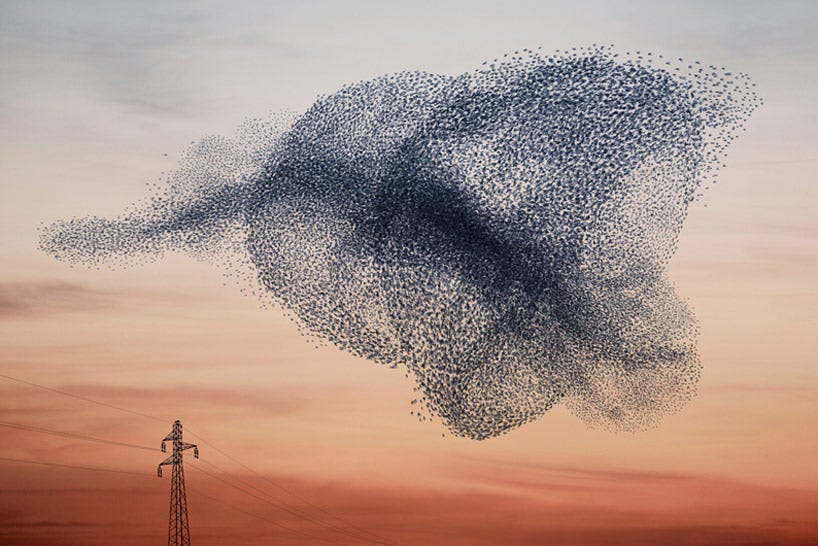Evolution of Revolution – Emergence, Masculine-Feminine Balance & The Role of Love in Revolution
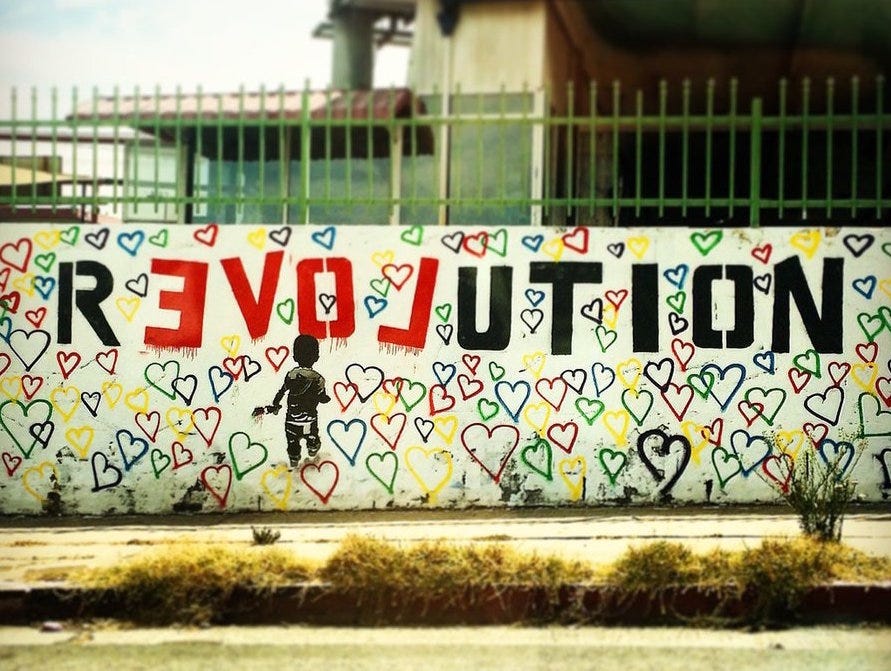
In 2012, film-maker Ian Mackenzie and I participated in a year-long project called “Emergence”. We brought together individuals with a diverse skill-set and shared concern for social change to explore an emergent process for collective action. At the heart of this experiment was to explore the evolution of revolution.
Since the conclusion of this project Ian and I have been on our respective journeys, dovetailing in moments of synchronicity where we speak from the heart and share what we’ve learned. We were drawn together this time by Amma, the great humanitarian and embodiment of love in action who was visiting Seattle. As we sat curled around a morning coffee in a Seattle suburb, we picked up the thread of soulful dialogue to weave a new design into the tapestry of our emerging insights.
This is what we discovered…
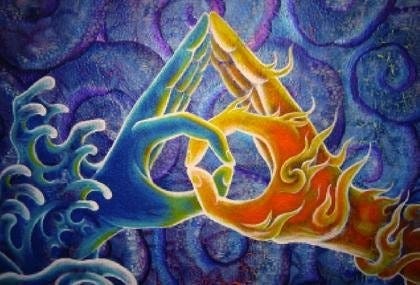
It starts with balance…
Note: The use of the terms masculine and feminine below refer to potentialities that are present in both men and women.
“At some point last year I experienced the death of the unbalanced masculine approach to life…” Accompanied by the sparse strumming a guitar , Ian elaborated on how the culture of doing and seeking affirmation through execution didn’t fulfill the idealized life that it promised him. As an activist filmmaker, he is constantly touring, speaking, presenting and working hard to make his living in a way that evolves the culture.
We explored how the feminine pole of being was in contrast to the masculine pole of doing — the expense of his masculine drive was the rest and fulfillment that comes from nurturing the present rather than always projecting into the future.
I, on the other hand, have come to understand the healthy expression of the masculine polarity as the harnessing of ones will, embracing drive and execution to fulfill our aims in life. The will of every human being is a sacred gift that must be developed and respected — its proper use gives us dignity, agency and the self-discipline to bring our visions into reality.
More than anything, we recognized that a healthy balance of the masculine and feminine, being and doing, listening and speaking, defending and nurturing, are at the heart of this evolution of revolution; ultimately our actions are ripples of the balance we carry within.
Finding this balance and wholeness will allow us to dance with the emergence of new ways of social change. To include all of life and its possibilities we must harmonize the differences and divisions within ourselves, and it starts with the masculine and feminine energies within us. Tending to this task is a labour of love and it’s absolutely integral to the evolution of revolution on earth.
Outwardly, we will see the fruits of this work in the shared power of awakening and empowered women working alongside balanced and committed men — these are the pillars around which the revolution is organizing.
So what is emergence, exactly?
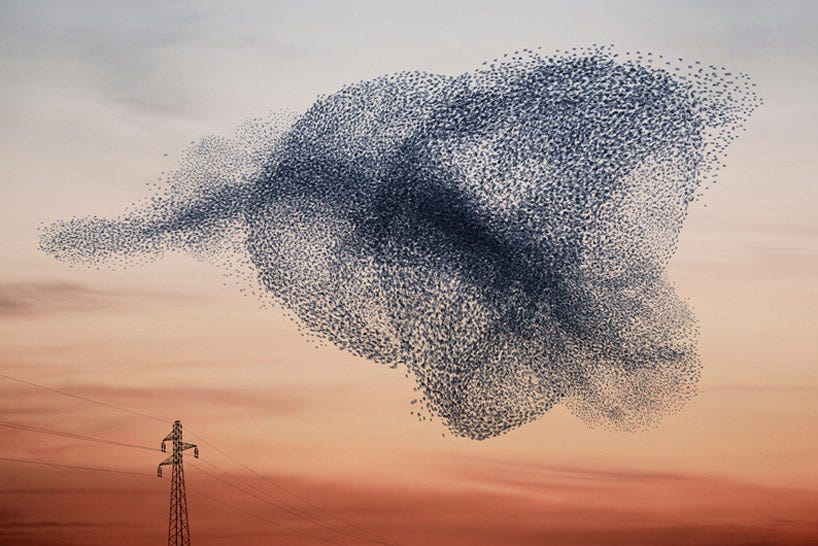
Emergence is a process whereby order emerges out of complexity, where individual parts coalesce together into an expression of the whole that cannot be completely planned or premeditated. An emergent phenomenon is always an outcome where the whole is greater then the sum of its parts. It’s a product of synergy, where new possibilities hidden beneath the surface are evoked and give expression to something new and unexpected — reflecting the potential of the individual parts when working together as a whole.
Emergent activism is a phenomenon that requires deep listening, leaning into our inner voices, courageously penetrating the reality we perceive and following the guidance we receive regardless of how it challenges our ideas of how things should be.
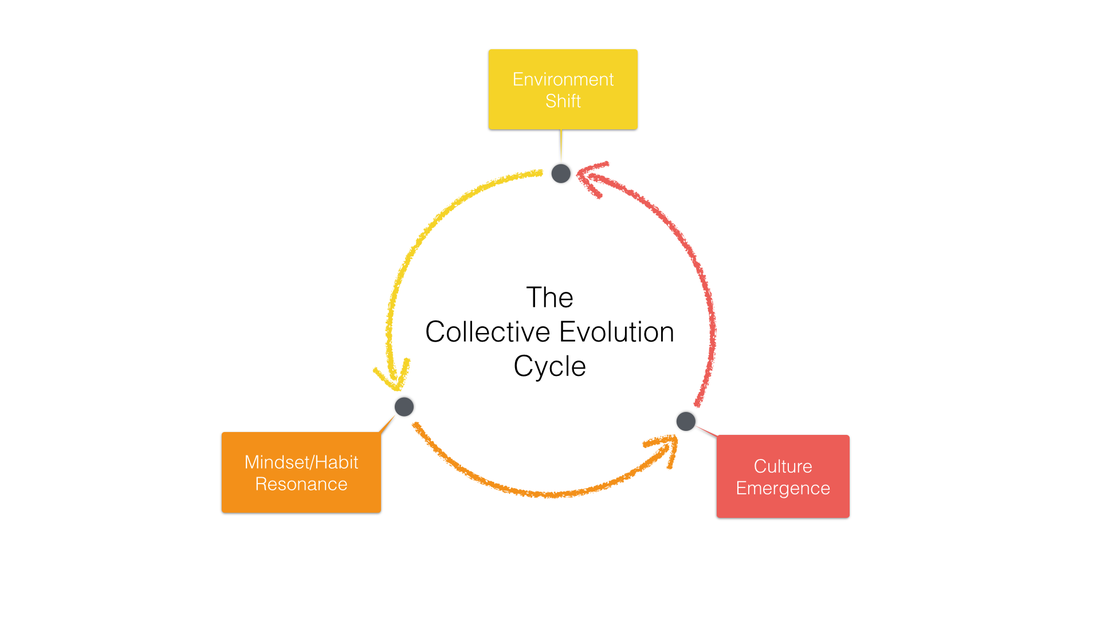
Ian recalled an incident of an awakened women’s conference he attended, the convener was at a loss of what to do as things seemed to be unravelling — a very typical sign of an emergent possibility waiting to be born.
They had hit the invisible ceiling.
The “invisible ceiling” is the place in the relationship/situation that wants to transcend its limitations, yet remains in a holding pattern because of the threat of the old structure dying. It’s the place where new possibilities are bubbling beneath the surface of the collective consciousness, waiting for the courage to be voiced so that they can emerge with startling clarity and heartfelt insight.
In the case of this conference, Ian perceived the signs of emergence and helped to gather key leaders together who, watching and waiting for the right moment, each brought forth their gifts to help catalyze the energy needed to break through the invisible ceiling. Once the permission was given they drew upon their creative gifts to bring forth what was needed to fulfill the emergent potential of that situation.
This is emergent activism in action — the individual is tuned simultaneously to the need of the collective and the voice of their hearts, energized by a willingness to step beyond the cloud of uncertainty into inspired action to fulfill the need of the moment.
When it happens, there is a global recognition that we are all conduits for a force of destiny, a creative pulse, that works through us to bring a collective dream into a lived reality.
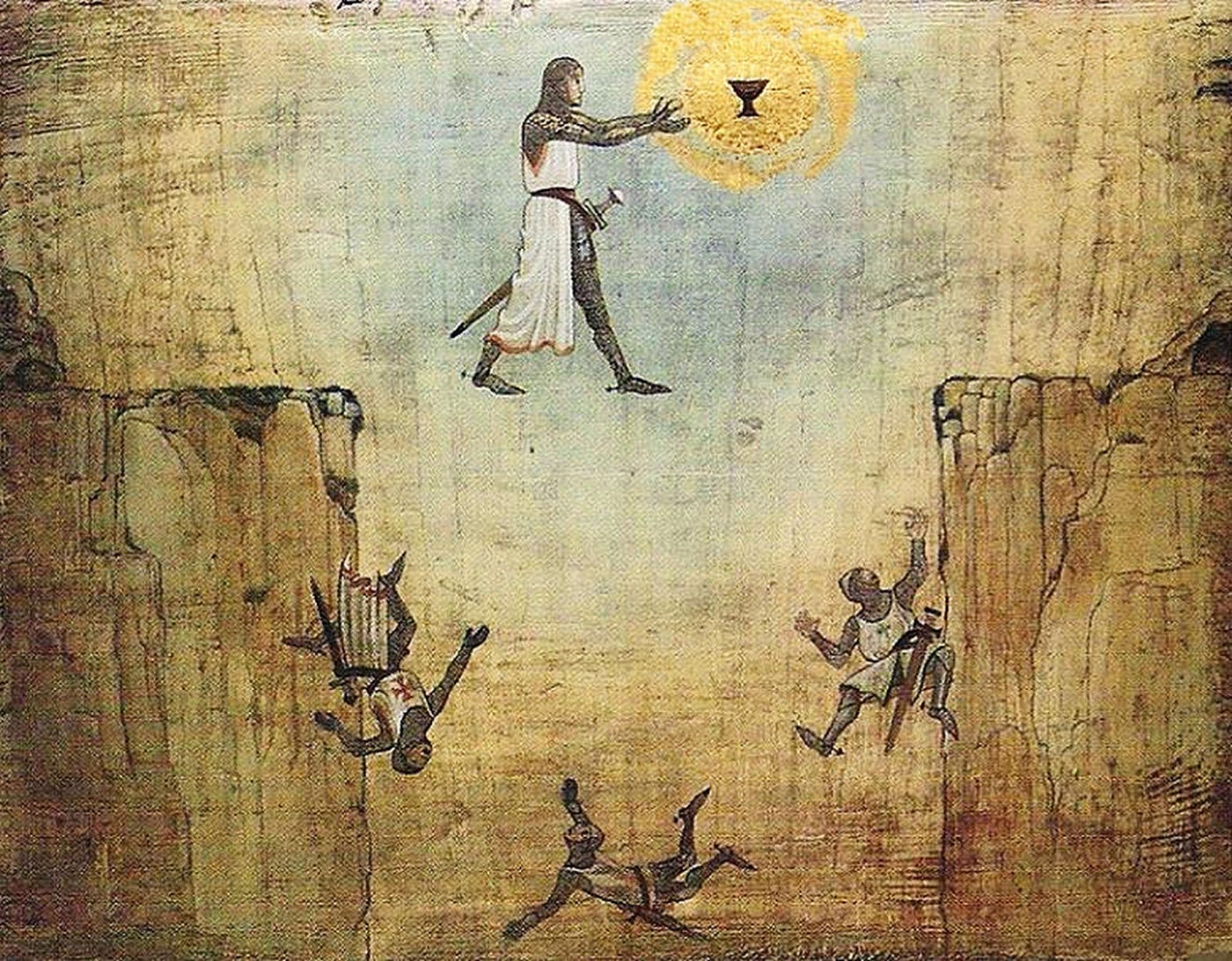
There’s a scene in “The Last Crusade” where Indiana Jones needs to cross over a chasm to reach the treasure chamber that contains the holy grail. He has no idea how to cross so he opens the little Egyptian handbook that says there’s a bridge that will lead him to other side….but it will only appear with his faith. He closes his eyes, puts his hands on his heart and lifts his foot over the precipice. As he lays it down the bridge appears beneath him and he crosses the chasm to his destiny with the Grail.
This is what crossing the chasm of the unknown feels like in an emergent process, we have to take the leap of faith and find that there is a bridge where we thought none would appear. Perhaps this is what we must do when we hit the invisible ceiling — look for the invisible bridge and cross it.
Yet we must take heed that Indiana’s motives were pure, it was out of the love for his father that he risked his own life to find the grail. When motivated by love, there is no bridge we cannot cross and no leap we cannot take — the fate of our future will require nothing less of us, and nothing more.
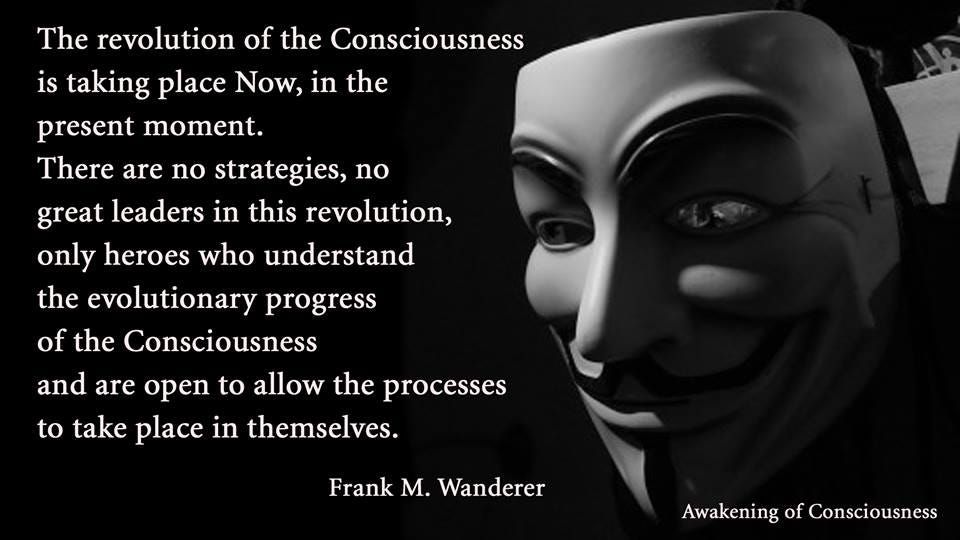
The Heroines Journey
The Heroine’s journey begins where the Hero’s journey ends
— Joseph Campbell
The Hero’s journey is the most popular mythological archetype in the world today. Popularized by Joseph Campbell (who inspired George Lucas in his Star Wars films and countless other Hollywood filmmakers) the Hero’s journey is ingrained in us as a culture that celebrates individual achievement over impossible odds. In the great Hero myths the protagonist must strike out alone, eventually seeking out the help of many companions to fulfill his quest, fighting bitterly against himself and others before establishing the reign of peace amongst the people.
It is a saga of purpose, adventure and tragedy that has woven itself through countless epics over thousands of years of human storytelling.
In the deeper reading of these myths the enemy conquered is in fact the darkness of ignorance within oneself, the treasure found is none other than the grail of compassion and humanistic love within our own hearts. The journey is about transformation, and while each person follows his/her own unique path, the journey itself has been walked by countless before us.
The Heroine’s Journey
The heroine’s journey was popularized by the great social change artist Jean Houston. In her version of the myth, the heroine draws people to her through compassion and the motivation to “green the world” i.e. to create a loving and habitable place for all. Her process is not one of lonely striving but of cooperative effort, she does not fight her battles on her own but opens the landscape of her heart with vulnerability to others. She inspires trust by following her heart and leads by listening.
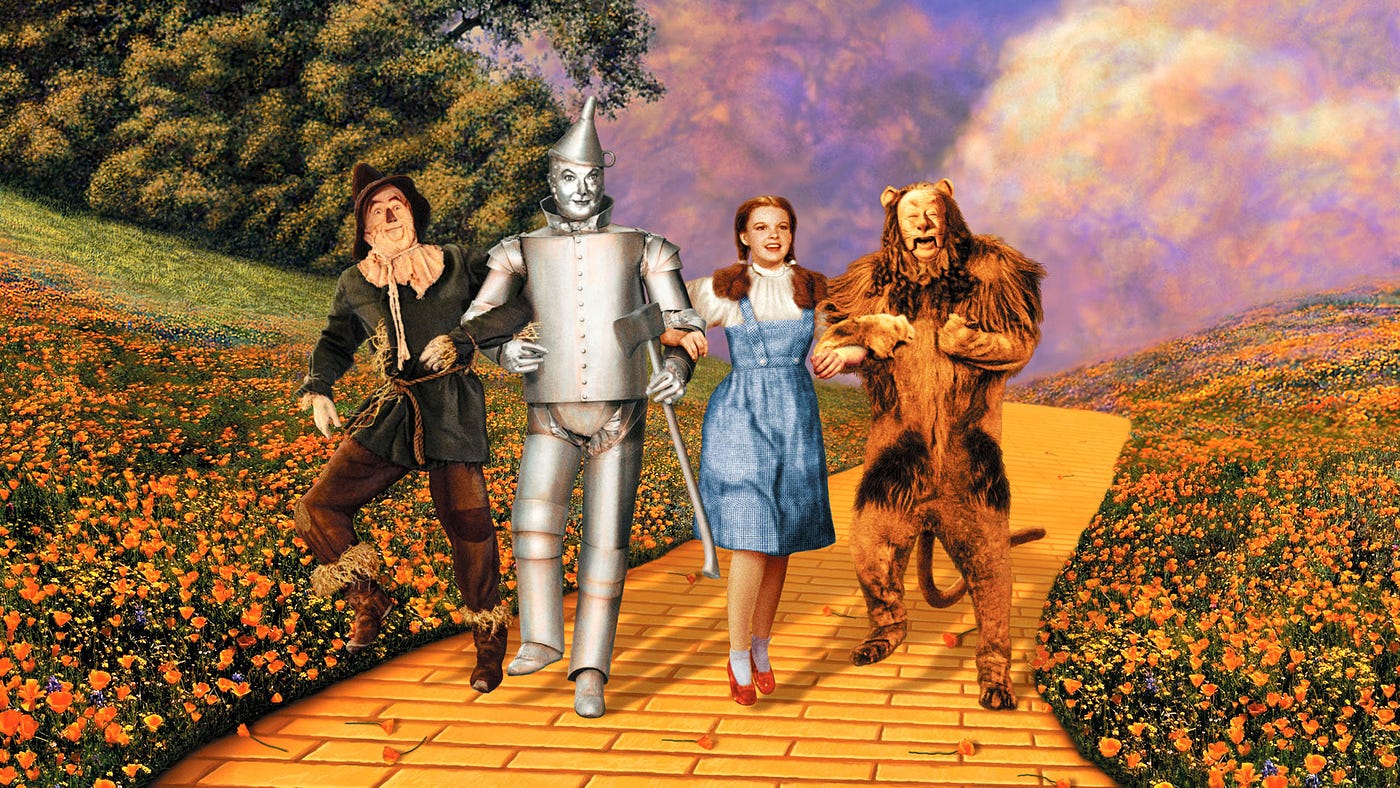
In other words, Heroine’s journey begins where the Hero’s journey ends. No less potent in its capacity for great achievement, it’s only less celebrated because it’s not the archetypal journey that has been celebrated by a millenia of patriarchal traditions. The old story of revolution glamorized individual heroes who galvanized the people into social action — the new story is about more than just these heros, but the countless heroines who are working unnoticed to weave, inspire and uplift their communities to create the more beautiful world their hearts know is possible.
The Heroine’s journey is a radical departure from the storyline of the lonely hero, one that is becoming more appealing and more widely embraced as we recognize that no single individual alone can redeem us nor lead us out of the labyrinthine crisis of our time. Our hero’s journey may just be a preparation to walk the path of the heroine — and now is the time.
Trust is the key
In life, the more we trust the easier it becomes to trust… the most difficult part to overcome is our initial resistance to the unknown and surrender to what wants to be.
During my involvement in a visionary community-based land project we had decide on the governance framework of our group. After days of sitting in council what emerged was that an all-woman board of directors would best serve the project going forward. There was a distinct sense of relief for most of us in the room; we relaxed from feeling the truth of what had shown-up (another sign of a correctly perceived emergent property)
However, a rebellion soon arose from a few men who felt that the masculine role would be undermined and with it their capacity for independent action. Guised as a defense of the balance of masculine and feminine as important groups principles, was actually a fear of losing power.
The heated battle that followed appeared outwardly in the form of reasoned argument and impassioned debate, but inwardly was a reaction to a threat against personal identity and the need for control.
It was a test of our groups capacity to surrender to the call of emergence no matter how unconventional or uncomfortable it may seem — a test who’s outcome set the tone for similar challenges to come. We ended up reverting to an arrangement that felt more comfortable to our ideas rather than what the moment called for, but it didn’t work out in the end. These decisive moments are exercises in trust that, if we pass them, will make the next critical test of emergence easier to embrace.
Joseph Campbell once wrote that “we must let go of the life we planned in order to have the life we were meant to live”. Manifesting a shared vision in an emergent way requires loosening our attachments to personal ideas and identities, this makes us more receptive to intuition and allows for actions based on trust in a higher guidance.
The healing of love

We’ve seen over the course of millennia the slow but undeniable growth of love as the root of evolutionary social change, and it’s evolutionary power is drawing us forward more powerfully now than ever before.
Tamera is a self-proclaimed “healing biotope” and the subject of Ian Mackenzie’s current film “Healing of Love” (co-produced by John Wolfstone and Julia Maryanska). Tamera is a 40 year-long research experiment in creating a peace culture based on the premise that there cannot be peace on earth so long as there is war in love. In particular, Tamera has explored human sexuality as a sacred power that can liberate and fulfill our need for love when embraced in partnerships and communities of trust and transparency. They believe the cost of not embracing sexuality correctly is seen in the violence and war created by a prevailing culture of immature sexual understanding and suppression of loves healing power.
The burning question in Ian’s film is: “Can love be a force for social change?” This connection between love and activism is one that burns in many hearts. The ultimate test of love is our actions…do they ultimately increase the flow of love or diminish it?
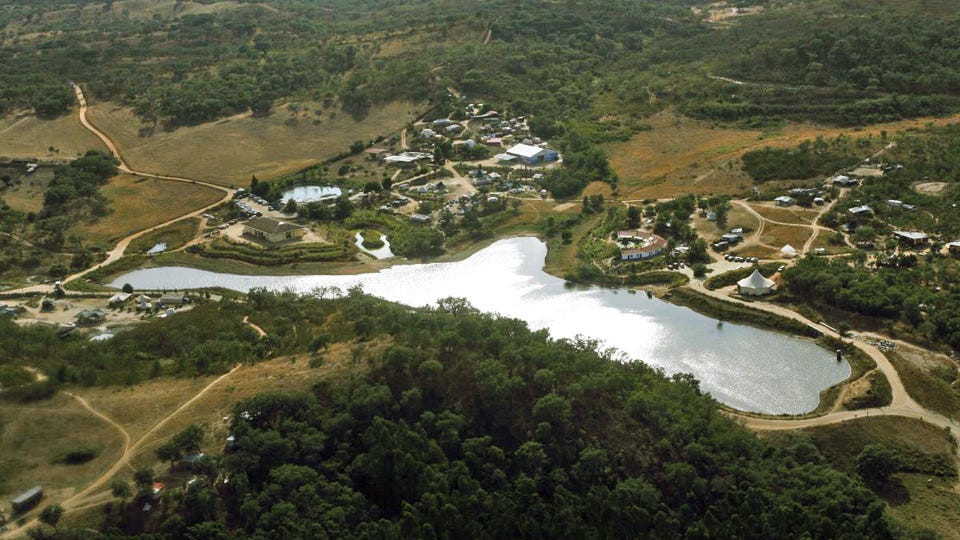
One humbling insight from our conversation is that while love is what we all seek — through a thousand different means — it is ultimately fulfilled through a single source, love itself. To create the more beautiful world our hearts know is possible we must embody love in our daily lives…through our interactions with others, our ways of livelihood and in thoughts and images we share with the world. When we becoming loving within ourselves that is what we will see and create around us. However, it makes a big difference to live in a culture that is designed with the conditions that allow love to flourish — this is Tamera’s contribution to ongoing experiment in the evolution of revolution.
Until Mahatma Gandhi’s non-violent revolution, love and unity as the basis of evolution of revolution was not widespread in a secular way. Intermittent appearances of revolutionary spiritual teachers “turn the wheel of dharma” so to speak, teaching a heart-based approached to transforming humanity. Sadly however, war and religion have historically been the main causes for wide-scale social and political change (usually not for the better, and the worst being wars waged in the name of religion).
With Gandhian revolution we saw a spark ignite around the world as people rose in unified resistance against oppression and demanded justice using non-violent means. Martin Luther King, Thich Nath Han and Nelson Mandela are just a few of the names that seized the ideal of non-violent social change and made it into a reality. Gandhi’s vision was village-based — he believed that small, self-governed and self-sustaining communities were essential to maintain independence. A vision that is burgeoning today through experiments in sustainable communities aligned through creative and soulful visions of a more peaceful world.
It’s interesting to note that Gandhi’s greatest personal battle was with his sexuality, which he violently repressed and struggled to overcome while leading his non-violent revolution. It won’t be explored here, but there have been many insightful commentaries on how Gandhi’s repressive relationship to sexuality and his own body in many ways undermined the community he built (as he expected them to follow his example). It is well-documented that sexual repressions can lead to violence against oneself or against others.
Gandhi, while celebrated as a paragon of virtue and self-restraint, was still another a human struggling with issues of self-love, obsessive control and sexuality. While this does not detract from the remarkable advance in consciousness and justice that Gandhi contributed to humankind, it shows that our shadows of repression and incompleteness can really effect our noble efforts of changing the world.
This is why balance of the masculine and feminine energies appears to be the cutting-edge of revolution at this time — reclaiming wholeness is the next emergent step in the logic of love.
Transforming Relationships
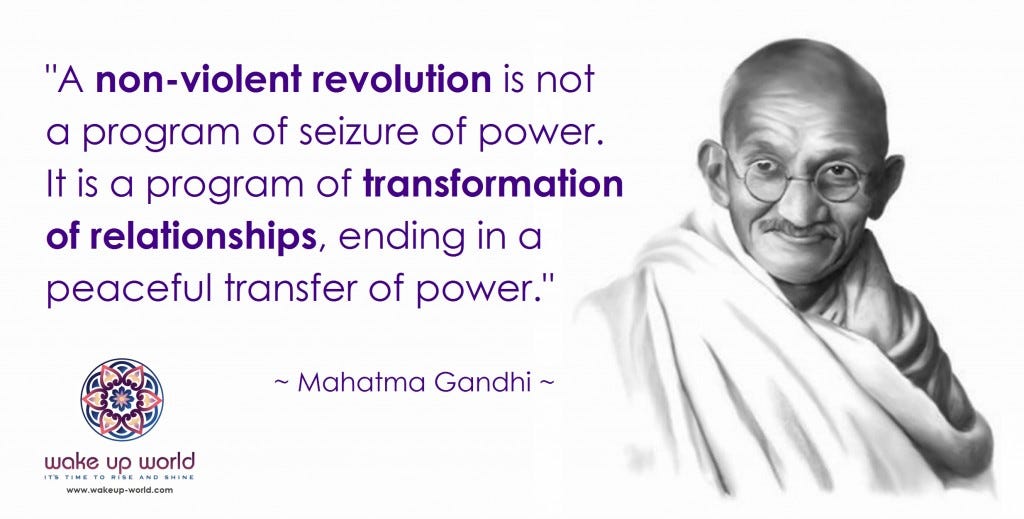
As Gandhi believed, a non-violent revolution is not about the seizure of power but the peaceful transfer of power that results from transformed relationships. While Gandhi’s vision of love inspired him to embrace his enemies and try to shift the power dynamic through dialogue, it was ultimately the power of non-violent action and collective resistance that made the greatest impact. Nonetheless, his ideal of revolution has continued to deepen in more profound and subtle ways within our culture.
For example, the idea of de-colonization has spread to many fields of society, with many inspiring examples of peaceful reclaiming and sharing power through transformed relationships.
Beyond the dogmas of religion, people are drawing upon the inherent virtues taught by the founders of the great spiritual traditions and applying them to social change — and as we are seeing today, there is a growing movement of people from all sectors of society interested in changing themselves and their relationships with the world around them.
Walk into a Canadian bookstore and the “well-being” section is now one of largest — bigger than business, politics and philosophy. We are undergoing a shift in consciousness who’s ripples are spreading to every sector of society. Slowly as we recognize that our own well-being is interdependent with the people and environments we share our lives with, our hearts open up to a greater possibility where we can choose differently. This can be an irritating message to hear when the climate is warming, the salmon are dying, refugees are on the rise and Trump is on his soapbox — yet quietly, despite it all, this revolution is growing.
The Future Buddha
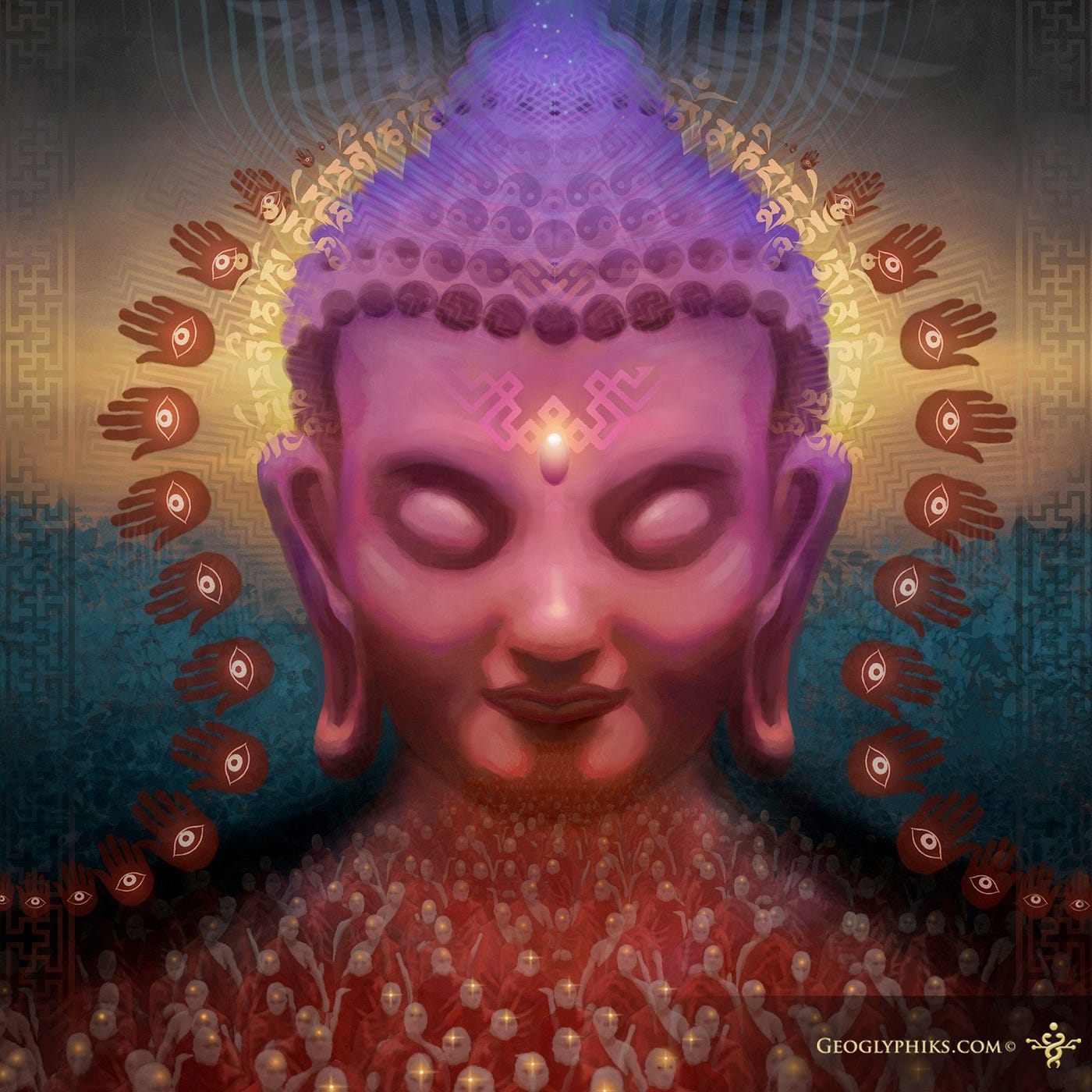
“It is possible that the next Buddha will not take the form of an individual. The next Buddha may take the form of a community, a community practicing understanding and loving kindness, a community practicing mindful living. This may be the most important thing we can do for the future of our earth.”
— Thich Nhat Hanh
For me, the most visionary expression of the evolution of revolution was put forth by the Buddhist teacher Thich Nath Hanh. His prophetic words call us into the collective practice of love. I believe it is the zeitgeist of our time to fulfill this vision in our communities, large or small.
We are being asked to create a culture where love isn’t an after-thought, sought in desperate and unconscious ways through people, places and things… but as a basic design requirement for all life to flourish and attain maturity.
When we recognize our human need for love and can source it in healthy ways through how we treat ourselves, the land and each other, we can sustain a revolution of love.
Love will be seen as a currency as important as money, flowing through our communities and institutions without being hoarded and abundantly generated through whole-hearted living. Indeed, we will begin to see our money follow the path of love, rather than our love follow the path of money.
While it may require us to heal the shadowy parts of ourselves, it is not so fearful when we can do it together. In the Buddha’s prophecy we will awaken together as communities practicing loving-kindness and mindful living. This revolution of love will be seen as an adventure in consciousness extending in ever-widening spirals of inclusivity and subtle awareness, embracing human desire and imagination while dissolving our illusions of separateness.
With love as a foundation, whatever we create — products, services, communities, art — will revolve around a different center of consciousness. Indeed, this is what determines the essence of a revolution — what it is revolving around.
So, the real evolution of revolution has always been about love. Love is what makes us feel alive, and this vitality gives energy to society to transform it’s relationships into more balanced and beautiful expressions of power and creativity. Maybe history is just loved trick for keeping us in the game, until the answer is so clear that there’s really nothing else to say.
By the end of my conversation with Ian all that remained was a soft smile on our faces, a quiet recognition of loves growing victory in our hearts — remembering that the true revolution of love is not something we win, but something that in the end, wins over us.
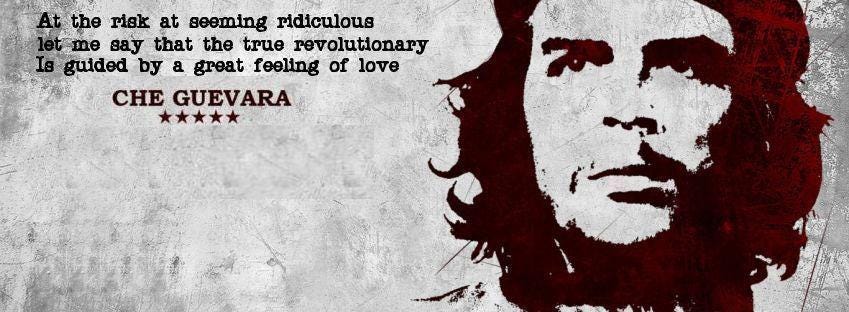
Never want to miss an article? Follow Zamir Here on Medium
See Also: A Vision of Yoga for our Time
Evolution of Revolution – Emergence, Masculine-Feminine Balance & The Role of Love in Revolution In 2012, film-maker Ian Mackenzie and I participated in a year-long project called “Emergence”. We brought together individuals with a diverse skill-set and shared concern for social change to explore an emergent process for collective action. At the heart of this experiment was […]
Evolution of Revolution
